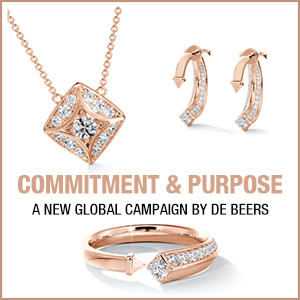In an exclusive interview, Tom Moses, GIA Executive Vice President and Chief Laboratory and Research Officer talks about the new pearl grading service launched in Mumbai, and what it means for the pearl market.
1. What are the current challenges facing the pearl market? How do you think GIA helps in addressing those challenges?
As with many gems, the detection of treatments to enhance appearance is a significant issue when the treatment is not declared. Our comprehensive gem research program, supported by a large global team, is at the forefront of identifying new treatments, and devising methods for their detection. This research, along with our dedication to our important consumer protection mission, is our major contribution.
2.GIA introduced its first pearl report in 1934. How much research and technological advancement has gone into the pearl identification report since then?
Although GIA is most recognized for creating the 4C’s and standard for diamond grading, it has been a leader in the identification and classification of natural and cultured pearls since 1934. Our pearl research continues every day.
3.Could you explain to us the pearl identification process?
GIA applies the same item identification and tracking procedures to pearls, as it does for coloured stones and diamonds. Each item is assigned a bar-coded label with a unique internal identification number that is used to track it throughout the process. And at every step, special inspection, care, and handling procedures ensure items are managed with the utmost care. After gathering the pearls weight and measurements, it is then transferred to trained and experienced gemologists/technicians for servicing. The team identifies pearl types, mollusks and any detectable treatments using the standard gemological testing and advanced testing methods. The gemologist determines color and classifies the other factors under a controlled viewing and lighting environment, using a comprehensive set of pearl masters.
4. What are the scientific backing and technological foundation that GIA’s pearl identification processes has deployed in Mumbai Pearl Testing Laboratory?
Pearls were among the first gems that GIA reported on. In fact, the GIA laboratory in New York City had started testing pearls in the 1930s. We issued our first pearl report in 1934. GIA’s research in gemology, the science of gems, is a comprehensive effort to understand the nature and characteristics of gems. Through careful observation and analysis, GIA researchers developed the standards for evaluating and describing the quality of diamonds, colored gems and pearls.


